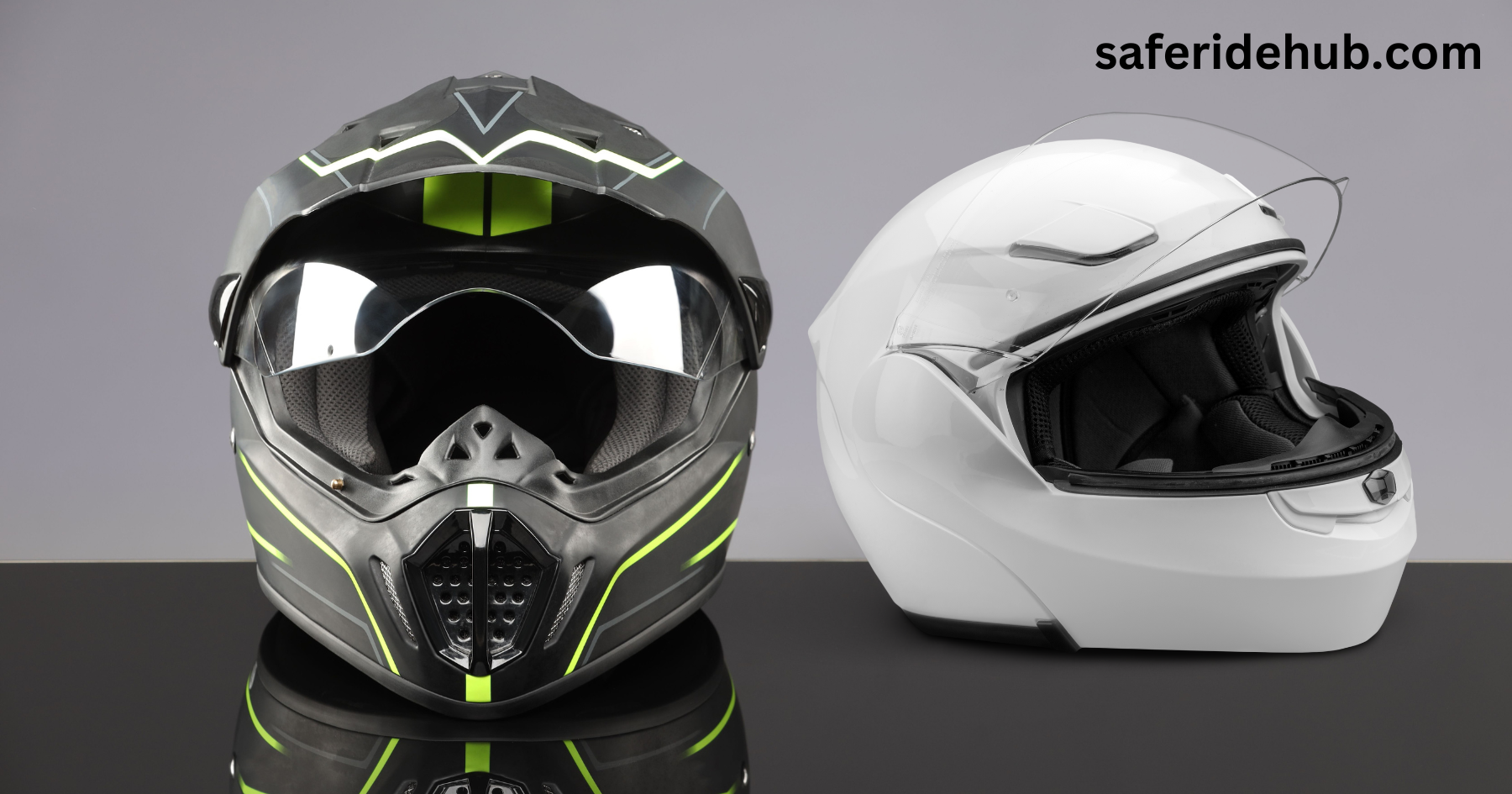
When it comes to safety gear, the motorcycle helmet is undoubtedly the most crucial investment for riders. It protects your head, ensures legal compliance in many regions, and can significantly enhance your riding experience. But how much does a motorcycle helmet cost?
This artical will delve into various aspects of helmet pricing, types, features, and tips for finding the right one for your needs.
Motorcycle Helmet 101
A motorcycle helmet is more than just a protective shell. It consists of multiple layers designed to absorb impact, shield against debris, and provide comfort. Helmets are classified into various categories based on design and functionality:
- Full-face helmets: Offer maximum protection and coverage.
- Open-face helmets: Provide comfort and visibility but less coverage.
- Modular helmets: Combine the benefits of full-face and open-face helmets.
- Off-road helmets: Designed for rugged terrains with enhanced ventilation.
- Half helmets: Lightweight and stylish but offer minimal protection.
Each type caters to specific riding styles and preferences, influencing its price.
How Much Does a Motorcycle Helmet Cost? A Breakdown
Motorcycle helmet prices vary widely, depending on their features, materials, and brand. Here’s a general cost breakdown:
| Helmet Type | Price Range | Features |
|---|---|---|
| Entry-level helmets | $50–$150 | Basic safety standards, lightweight materials. |
| Mid-range helmets | $150–$350 | Added comfort, better aerodynamics, and extra features like ventilation. |
| Premium helmets | $350–$1,000+ | Advanced materials (e.g., carbon fiber), superior fit, and cutting-edge safety. |
While entry-level helmets meet safety requirements, investing in mid-range or premium helmets can offer additional comfort and durability.
Understanding Helmet Costs

The cost of a motorcycle helmet depends on:
- Material: Helmets made from polycarbonate are cheaper, while those crafted from fiberglass or carbon fiber are more expensive.
- Safety certifications: Helmets certified by DOT, ECE, or Snell usually cost more due to rigorous testing.
- Brand reputation: Renowned brands often charge a premium for quality assurance and brand value.
- Features: Noise reduction, Bluetooth compatibility, and ventilation increase the price.
Choosing the Right Helmet
Selecting the right helmet is about more than just price. Consider the following:
- Fit: A properly fitting helmet is essential for comfort and safety.
- Safety ratings: Look for DOT, ECE, or Snell certifications.
- Style and functionality: Choose a design that complements your riding style.
- Durability: Invest in a helmet that will last several years with proper care.
Budgeting Tips for Buying a Motorcycle Helmet

Buying a quality helmet doesn’t mean you have to overspend. Here are some budgeting tips:
- Compare prices: Shop around online and offline for the best deals.
- Seasonal discounts: Purchase during sales or off-season for better prices.
- Consider last year’s models: Older designs often come at reduced prices but offer comparable safety features.
Budget-Friendly Motorcycle Helmets: Quality Options Without Breaking the Bank
For riders on a tight budget, here are some affordable yet reliable options:
- Bell Qualifier Full-Face Helmet: Around $120, offering DOT certification and excellent ventilation.
- HJC i10 Full-Face Helmet: Approximately $150, known for comfort and durability.
- ILM Modular Helmet: Priced at $100, featuring a flip-up design and basic safety.
Is a More Expensive Helmet Worth It? A Cost-Benefit Analysis

While premium helmets come with a hefty price tag, they offer advantages:
- Enhanced safety: Advanced materials absorb impact more effectively.
- Comfort features: Better fit, ventilation, and noise reduction enhance riding experiences.
- Longevity: High-quality helmets last longer, making them a cost-effective choice in the long run.
However, riders must weigh their needs and budget before making a decision.
Safety and Maintenance
Maintaining your motorcycle helmet extends its life and ensures safety:
- Regular cleaning: Use mild soap and water for the shell and liner.
- Avoid drops: Impacts can compromise helmet integrity.
- Replace regularly: Replace your helmet every 5–7 years or after a crash.
The Future of Motorcycle Helmets

Technological advancements are shaping the future of motorcycle helmets. Features like:
- Augmented reality visors: Provide real-time navigation.
- Smart helmets: Integrated with Bluetooth, cameras, and sensors.
- Eco-friendly materials: Lightweight, sustainable options.
These innovations promise enhanced safety and convenience for riders.
Conclusion
A motorcycle helmet is a vital investment for safety and comfort. Prices vary based on materials, certifications, and features, offering options for every budget. By understanding your needs, researching brands, and following maintenance tips, you can find the perfect helmet for your rides. Remember, the best helmet isn’t necessarily the most expensive—it’s the one that fits well and keeps you safe.
FAQs
How much does a motorcycle helmet cost on average?
Motorcycle helmets typically range from $50 to over $1,000, depending on the type, brand, and features.
Are expensive motorcycle helmets safer?
Expensive helmets often include advanced materials and features, enhancing safety and comfort. However, even affordable helmets with certifications meet safety standards.
How long should I use a motorcycle helmet before replacing it?
Helmets should be replaced every 5–7 years or immediately after an accident.
What’s the best type of helmet for beginners?
Full-face helmets are ideal for beginners, offering maximum protection and comfort.
Can I buy a helmet online without trying it on?
Yes, but ensure you check size charts and return policies. Trying on a helmet is recommended for the best fit.
